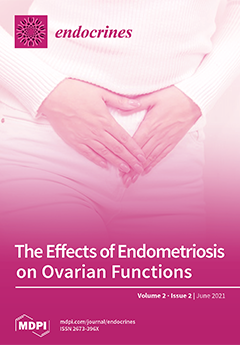Vitamin D deficiency is linked to cardiac dysfunction, vascular remodeling, metabolic syndrome and insulin resistance (IR). The aim of the present study was to evaluate the association between vitamin D levels and cardiovascular (CV) organ damage in a large cohort of newly diagnosed
[...] Read more.
Vitamin D deficiency is linked to cardiac dysfunction, vascular remodeling, metabolic syndrome and insulin resistance (IR). The aim of the present study was to evaluate the association between vitamin D levels and cardiovascular (CV) organ damage in a large cohort of newly diagnosed treatment-naïve hypertensive patients, and the role of IR in this context. We enrolled 500 Caucasian individuals, without CV or renal complications. Subjects underwent a complete evaluation and measurements of vitamin D, standard laboratory determinations and instrumental examination, including echocardiography and applanation tonometry. Linear regression analyses were performed to assess the correlation between pulse wave velocity (PWV) and left ventricular mass index (LVMI) with different covariates. PWV was significantly correlated with age (
p < 0.0001), LDL cholesterol (
p < 0.0001), BMI (
p = 0.001), pulse pressure (PP) (
p = 0.005) and high sensitivity C-reactive protein (hs-CRP) (
p = 0.006), while an inverse correlation was observed with vitamin D levels (
p < 0.0001), Matsuda index (
p < 0.0001) and estimated glomerular filtration ratio (e-GFR) (
p = 0.006). LVMI significantly correlated with PP (
p < 0.0001), hs-CRP (
p < 0, 0001) and age (
p = 0.001), while an inverse relationship was observed with vitamin D levels (
p < 0.0001), Matsuda’s insulin sensitivity index (ISI) (
p < 0.0001) and e-GFR (
p < 0.0001). Vitamin D was the strongest predictor of PWV and LVMI, explaining, respectively, 28.3% and 19.1% of their variation. Our study suggests that low vitamin D might be a biomarker of end-organ damage.
Full article




